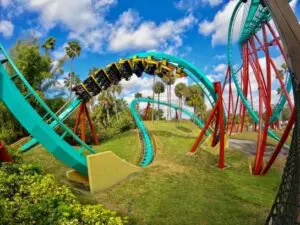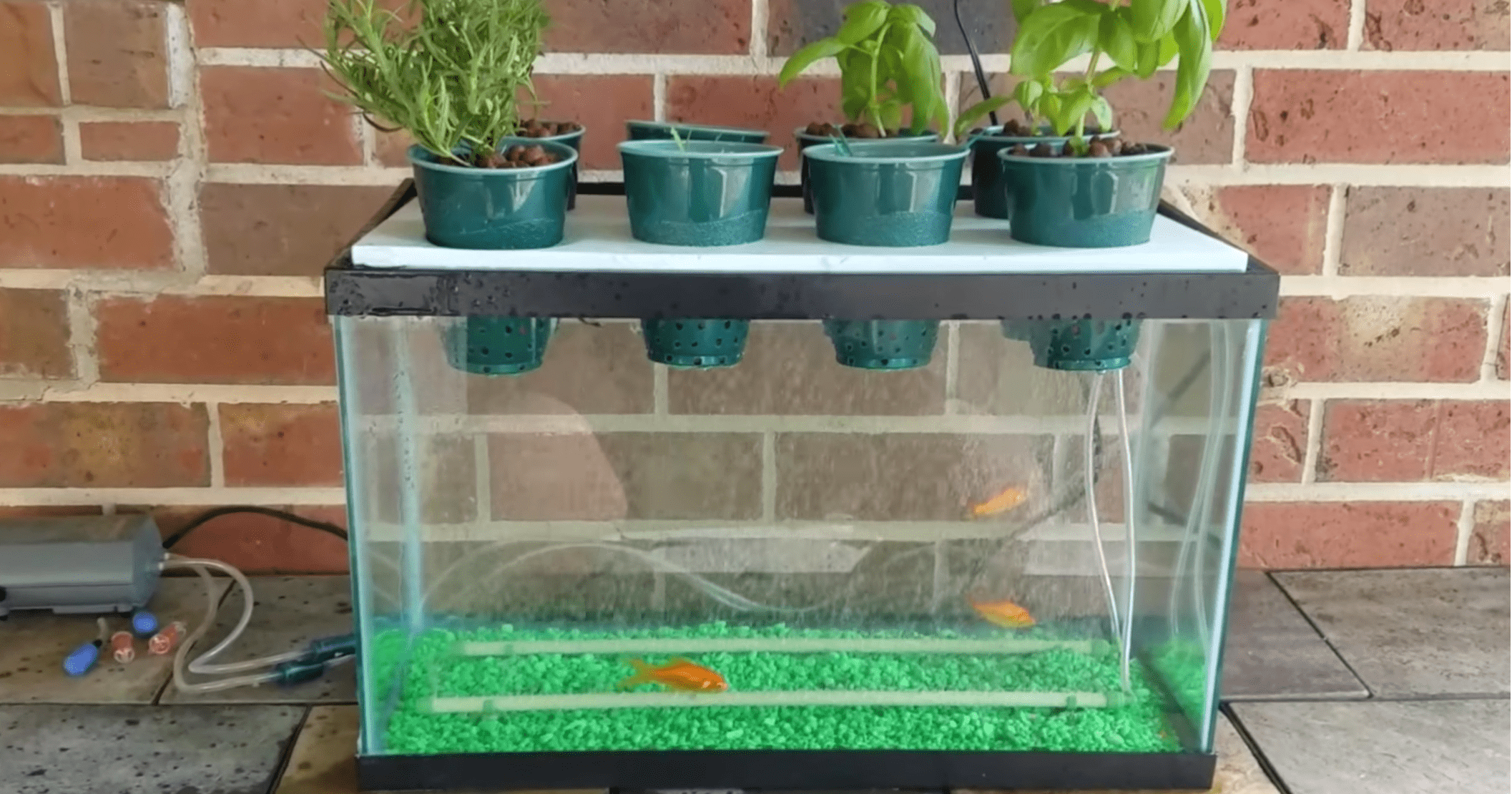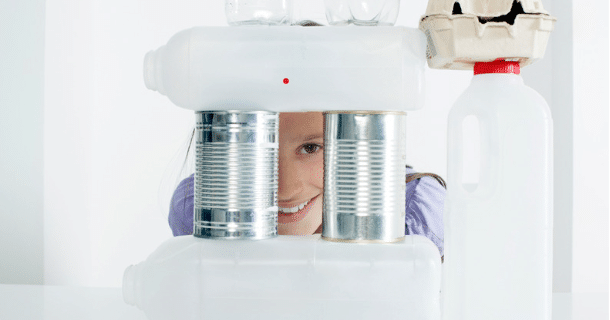Materials
Instructions
Guiding Questions
STEM Connections


 Encourage lots of different designs.
Encourage lots of different designs.



Thank you! Your submission is processing.